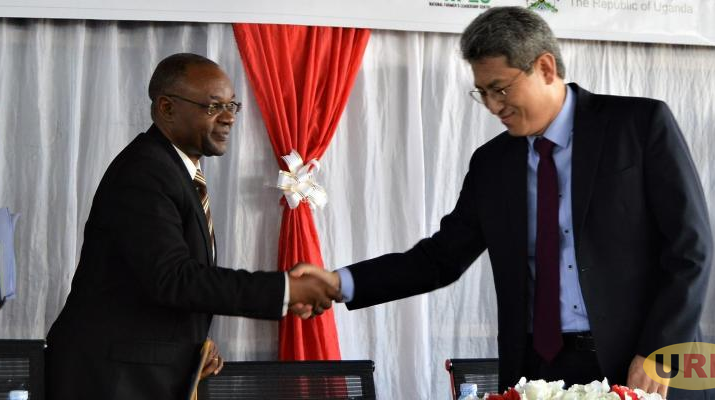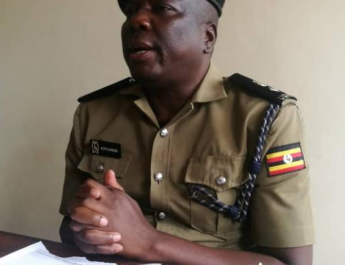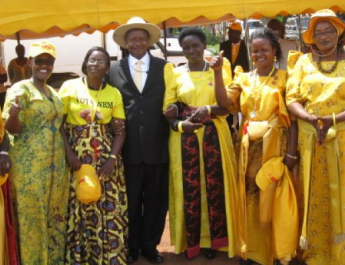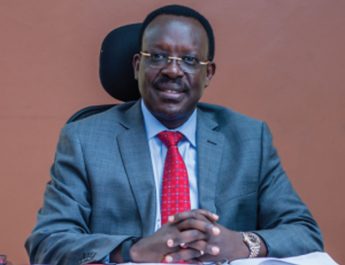The Korea International Cooperation Agency, a government agency that provides grant aid programs of the South Korean government, has injected more funds to strengthen and establish more model villages in Mityana and Mpigi districts.
The model villages are established under the Saemaul Undong initiative, a community development movement, which builds a village or community to improve the quality of life of its inhabitants based on the spirits of diligence, self-help and cooperation. It was first adopted in South Korea over 60 years ago.
Since 2009, the initiative, equated to community responsibility programmes, locally known as bulungi bwansi, has empowered communities to engage in fish farming, establishing livestock banks, forming cooperatives, constructing and managing bakeries, the pavement of village roads, soap making enterprises, building village centres and digging public wells.
Under the same project, Village Savings and Loan Associations –VSLAs were formed to boost the saving culture and offer loans to residents among other community-based activities.
The first beneficiaries of the program were seven model villages which include; Kkumbya, Kololo, Nsaamu, Lwaweeba, Lukonge, Tiribogo, and Kiwumu ‘A’. KOICA has now injected an additional 21.7 billion Shillings in the second phase of the project to include the areas of Kikandwa and Bukooba parishes both located in Mityana District and Bongole parish in Mpigi district.
According to the Memorandum of Understanding, the government is expected to contribute 5.6 billion Shillings to boost the initiative for the next five years. In 2015, the first phase of the project which cost 9.2 billion Shillings involved over 1,078 households. It mainly focused on increasing agricultural production, reducing poverty and improving living conditions.
The Ambassador of the Republic of Korea to Uganda Byung-Kyoo Ha says that the Saemaul Undong initiative is heralded as one of the greatest success stories in rural development across the world.
Annet Nabukeera, a resident of Lwaweeba Saemaul Undong model village notes that under the project each village designs a work plan for all the things they need to do to transform their communities which are later funded.
Professor Gerald Karyeira, who has been reviewing and evaluating the project shares that the model has a lot of potential as it gives members of the same community a chance to come together, solve their common challenges and improve their wellbeing.
Professor Karyeira further adds that unlike many other projects, the project had corruption traits given the fact that the implementers were delivering the monies directly to the beneficiaries without creating bureaucratic bottlenecks.
Ben Kumumanya, the Permanent
Secretary of the Ministry of Local Government notes that they intend to
use the project as a prototype since it roots on parishes where the
National Development Plan III is also focusing. He says that very soon
the government intends to scale up the project to the entire country.
However, Professor Karyeira is pessimistic on the proposed roll-out of the project saying that with the huge sums of money involved, the government of Uganda cannot afford to run it except if it is redesigned.
Mpigi district LCV chairperson Peter Claver Mutuluza attests that in the three years of the first phase of the project, the government of Uganda had to co-fund the with over 1.8 billion Shillings. However, it contributed only 100 million Shillings.
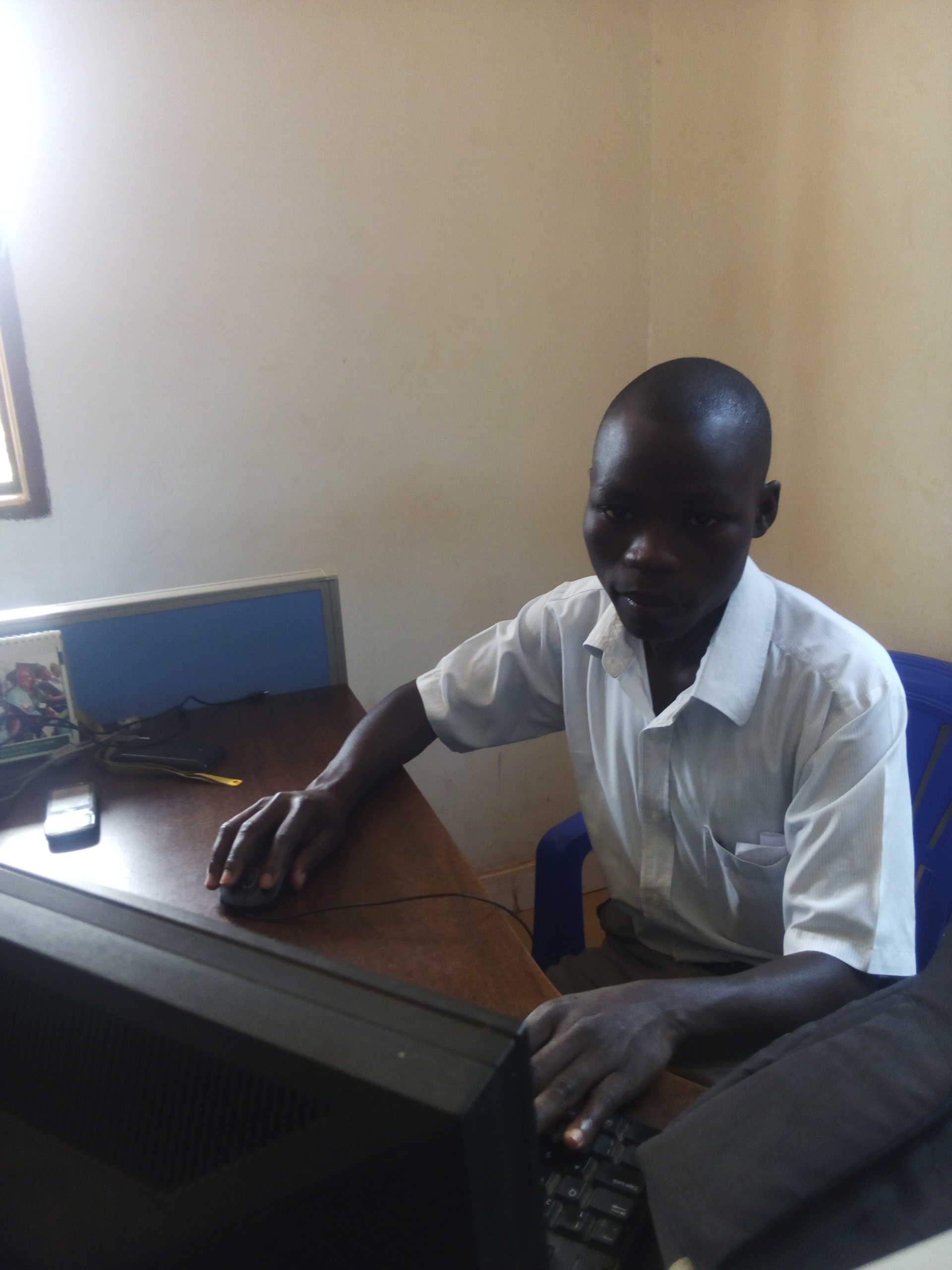
The News Editor ,Reporter at Kagadi Kibaale community Radio

